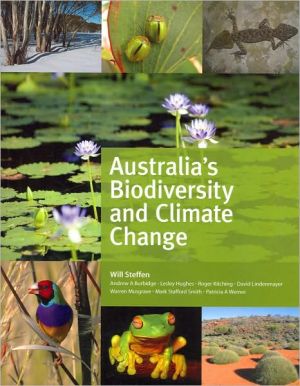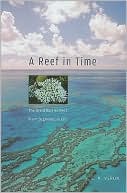Australia's Biodiversity and Climate Change
This book provides a strategic assessment of the vulnerability of Australia’s biodiversity (primarily terrestrial) to climate change and suggests ways that policy and management can deal with the threats to biodiversity associated with climate change.\ It begins with a long-time perspective on the evolution of Australia’s biota—why Australia is so species-rich, why its biodiversity is unique, and why the conservation of this biodiversity is so important. It goes on to describe the two...
Search in google:
This book provides a strategic assessment of the vulnerability of Australia’s biodiversity (primarily terrestrial) to climate change and suggests ways that policy and management can deal with the threats to biodiversity associated with climate change.It begins with a long-time perspective on the evolution of Australia’s biota—why Australia is so species-rich, why its biodiversity is unique, and why the conservation of this biodiversity is so important. It goes on to describe the two centuries of acute change since European settlement—the ultimate drivers of current changes in Australia’s biodiversity and the observed changes in diversity at the genetic, species and ecosystem levels. The discussion of climate change itself is organized around the global and the Australian scales, describing the climate changes that have already been observed over the last one to two centuries and outlining the range of projections for Australia for the rest of this century. The ways in which climate change is already affecting Australia’s biota and will potentially affect it in future are described in considerable detail. The book then focuses strongly on how to reduce the vulnerability of Australia’s biodiversity to climate change, beginning with a description of current management principles, and an analysis of the current set of conservation strategies and tools and the current policy and institutional landscape for biodiversity conservation. Building on a set of fundamental ecological principles, the focus then shifts to ways in which adaptive capacity can be enhanced—modified and new management approaches, innovative governance systems and a much larger resource base. Finally, a set of five key messages and policy directions pulls together the major conclusions arising from the assessment.




